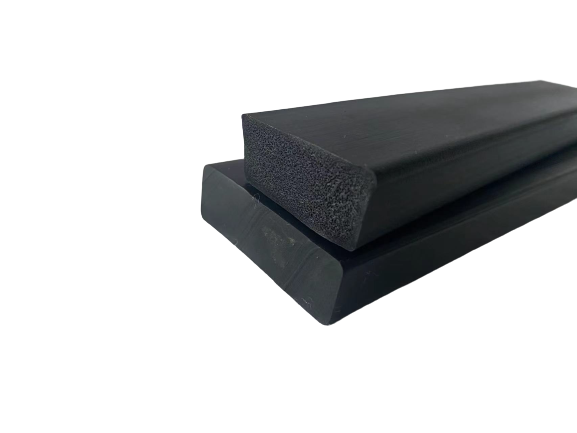Oct . 31, 2024 01:54 Back to list
automotive weather seal
The Importance of Automotive Weather Seals in Vehicle Performance
Automobiles are complex machines designed to provide comfort, safety, and reliability under various environmental conditions. One critical component that contributes to these attributes is the automotive weather seal. Often overlooked, weather seals play a vital role in ensuring that vehicles function effectively and maintain their longevity.
Weather seals, also known as weather stripping, are made from various materials such as rubber, foam, or plastic, designed to fit specific areas of a vehicle. Their primary purpose is to prevent external elements—like water, dust, noise, and air—from entering the vehicle. Properly functioning weather seals are crucial for several reasons.
Firstly, weather seals act as barriers against water ingress. This is particularly important during rainy weather or when driving through puddles. A compromised seal can lead to leaks, which may damage the interior of the vehicle, causing corrosion on metal components and fostering mold and mildew growth on interiors. These water damage issues can be costly to repair and can affect the overall resale value of the vehicle.
Secondly, weather seals contribute to the acoustic comfort of the cabin. Vehicles are often designed to minimize noise for a more pleasant driving experience. Effective weather seals create a tight fit around doors, windows, and trunk lids, which significantly reduces the amount of noise that enters the cabin. This is particularly important for electric vehicles, which strive for near-silent operation and rely on sound insulation for a premium experience.
automotive weather seal

Moreover, weather seals assist in maintaining the temperature inside the car. In extreme weather conditions, whether hot or cold, effective seals prevent the ingress of outside air, thereby reducing the load on the vehicle’s HVAC system. This efficiency not only enhances comfort but also can lead to fuel savings and a reduced environmental impact.
Weather seals are also integral components in improving aerodynamics. A vehicle designed with proper seals can effectively minimize drag and improve fuel efficiency. Any gaps or deformities in the seals can disrupt air flow, potentially leading to higher fuel consumption. Thus, regular maintenance and replacement of worn weather seals can help in optimizing fuel economy.
While the importance of weather seals is clear, they can degrade over time due to exposure to sun, heat, cold, or simply the natural aging process. Drivers are encouraged to periodically inspect the seals around their doors, trunks, and windows, looking for signs of wear such as cracking, tearing, or stiffness. Replacing damaged seals is a relatively simple maintenance task that can offer significant benefits in vehicle performance and comfort.
In conclusion, automotive weather seals may be small components, but they play a monumental role in the overall functionality and comfort of vehicles. By ensuring that these seals remain effective, drivers can protect their vehicles from damage, enhance the driving experience, and achieve better fuel efficiency. Awareness and proactive maintenance of automotive weather seals can lead to a more enjoyable and trouble-free driving experience. Regular inspections should be integrated into vehicle maintenance routines, allowing car owners to enjoy the full benefits of their automobiles in varying weather conditions.




